What is a 35mm Lens Good For?
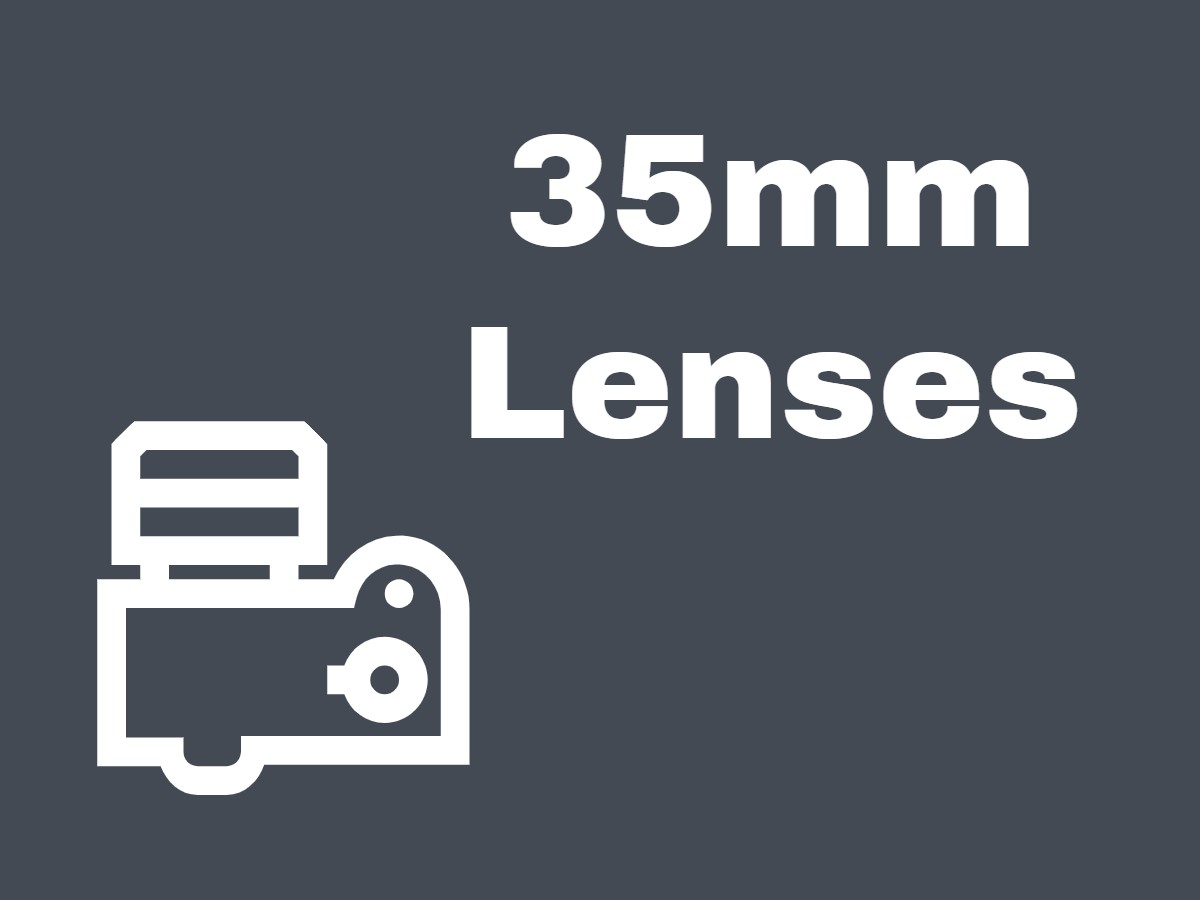
35mm is my personal favorite focal length for photography.
It’s wide but not overly so—in many scenarios it’s just wide enough. It also has an uncanny ability to make intimate and personal images.
So what is a 35mm lens good for? That’s what I explore in this article.
Street Photography

The 35mm focal length is excellent for street photography. It doesn’t get any better than 35mm for street photography in my opinion.
This focal length gives you a pretty wide perspective without a lot of distortion. The most important thing to me in a lens for street photography is probably the perspective it provides. I like street photos shot with a wider angle lens because it’s more intimate and real. 35mm is a pretty close angle of view to what the human eye sees.
With longer lenses, you get compression, which makes for a perspective of looking through a telescope or a sniper rifle. I have nothing against that style but it’s not really my cup of tea for my own work.
In order to fill the frame with your subjects with a 35mm lens, you do have to get close. But you don’t have to get so close that you’re literally invading peoples’ personal space.
It can take some getting used to if you’ve only shot with longer lenses, but it’s really not that uncomfortable getting close to people once you get used to it and the perspective you get is worth whatever discomfort you may feel.
Another reason why 35mm lenses work so well for street photography is that they’re relatively compact and lightweight. I tried shooting street photography with a 24-70mm zoom lens back when I was getting into photography and I won’t be doing that again other than for shits and giggles. Big and heavy gear is a burden when doing street photography; it makes it really obvious when you go to take a photo, your back and shoulders start hurting from the weight of the gear, and you’re less mobile.
With a 35mm prime lens and a compact camera body, you’re not weighed down by anything. You just go.
Photojournalism
Zoom lenses are frequently used by photojournalists but for when the action is close, 35mm lenses have been used by many photographers.
The 35mm perspective is great for photojournalism for similar reasons that it works so well for street photography. It’s a perspective that requires the photographer to be close up in the action, making for very personal images that put the viewer right there in the scene.
When you combine this perspective with important world events, it can be powerful and moving.
Documentary Photography
Documentary photographers (I’m talking stills photographers here for the most part) tell visual stories about people and places. They aim to tell these as personally as possible so that the viewer develops a connection with the subject, much like with movie and book characters.
There’s no better way to capture that than with a wide angle lens such as a 35mm. Again, this puts the viewer in the perspective of being right there with the subjects.
A 35mm lens just adds an extra bit of intimacy that works really well for showing the ups and downs of a subject’s struggles in documentary photography.
Even though 35mm lenses are wide and require you to get close to your subjects, it’s not much of a concern for doing documentary photography because you know the subjects. It’s a little less uncomfortable than compared to candid street photography with a 35mm lens because you don’t know those people.
Family Photography
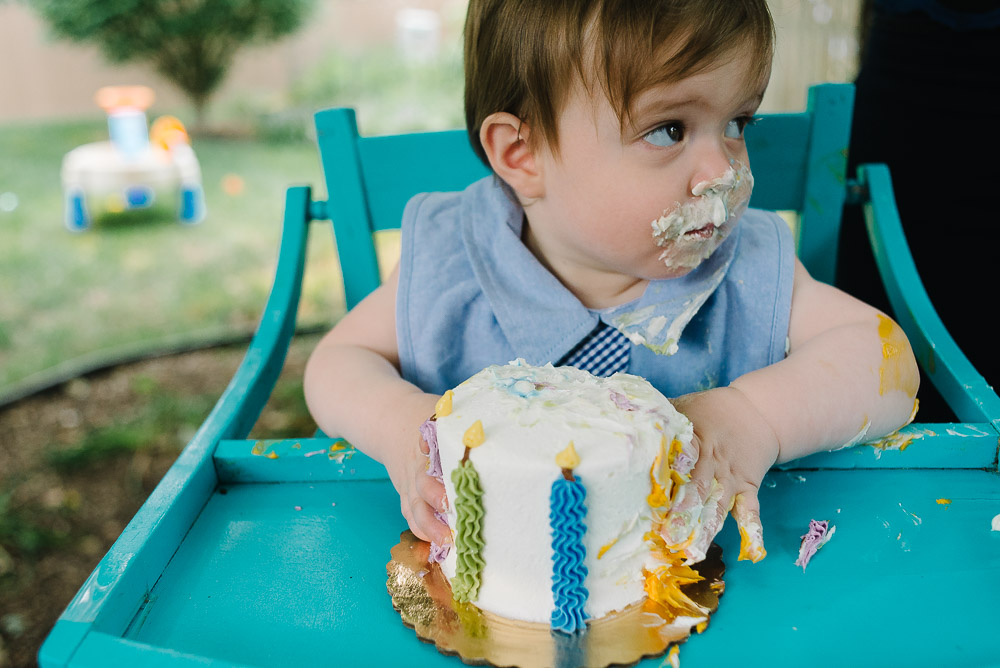
35mm lenses work great for taking family photos, whether it’s your own family or for clients.
Again, what’s great about 35mm lenses for family photography is the up close and personal perspective that you get. Family photos taken with a 35mm lens have an intimate feel to them.
35mm lenses are also wide enough that if you’re doing family photography indoors, you won’t really have many issues getting everything in the frame. 35mm prime lenses with wide maximum apertures in particular are great for indoor photography without flash, because they let more light in.
In small rooms it can be a problem and something a little bit wider like a 28mm lens can be helpful to have but it’s usually not a problem. It can really be a nightmare trying to photograph people indoors with lenses longer than 35mm. 50mm lenses are frustrating to shoot indoors because they’re often just not quite wide enough and you end up not being able to frame multiple subjects the way you want.
35mm lenses let you do candid shots with multiple layers really well. They also can be used to do family group portraits. 35mm lenses may not be the best option for single subject portraits and headshots because of how you get a bit of rounded distortion with them, but for group portraits, it’s perfectly fine, as you’re standing further away from your subjects.
Everyday/Walk Around Photography
If you like to always have your camera on you or like to go on photo walks, 35mm lenses are great to take with you. They have great image quality and are small and light so they don’t feel like a burden or like they weigh you down.
They usually have close focusing distances, so you can do pretty much everything with them, from wide stuff like landscapes to almost macro photography. And of course, there are 35mm lenses that have legitimate macro modes/macro capabilities.
If you’re doing general photography, it’s pretty nice to be able to switch from taking photos of something from far away to being able to focus in on one small thing.
Wedding Photography
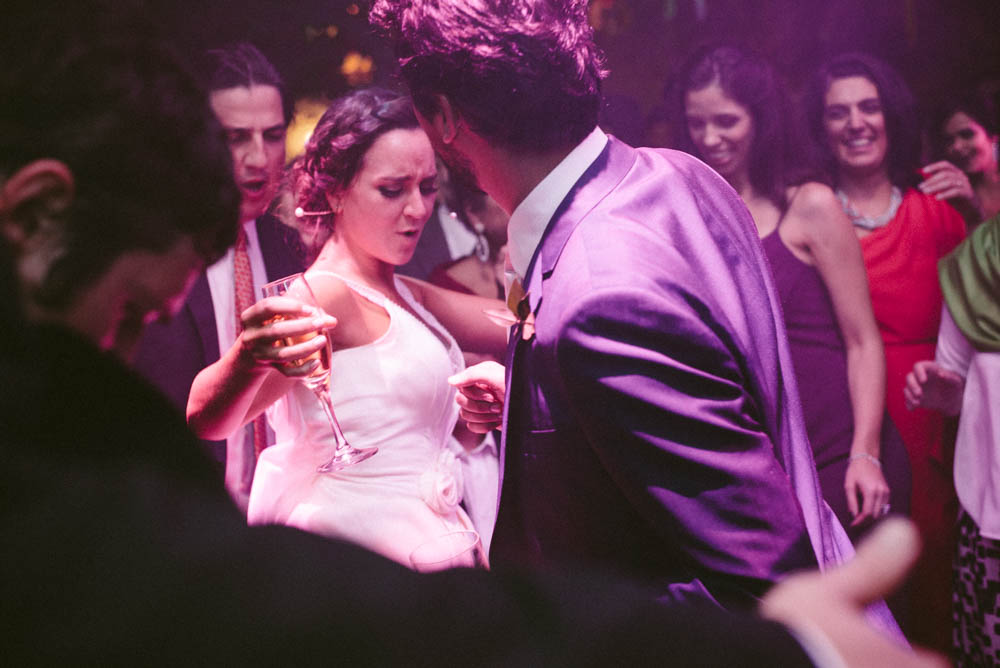
If I could only use one lens for wedding photography, it would probably be a 35mm. You could shoot an entire wedding day with just a 35mm lens without a problem.
When I shot weddings, the majority of my photos were taken with a 35mm lens. The other camera I would carry would have an 85mm, which I would use often during the ceremony. A longer lens is nice to have when you don’t want to or can’t disturb the scene so you need to shoot from further away but the 35mm focal length is more versatile.
With a 35mm lens, you can shoot any part of a wedding. You need something wide during many parts of a wedding, especially during the “getting ready” or “making of”s where the bride and groom get ready, often in small bedrooms or hotel rooms.
During the ceremonies, you have to get a bit closer when you use a 35mm, but I really never had any issues with it. 35mm lenses are great for reception and dancefloor shots.
Event Photography
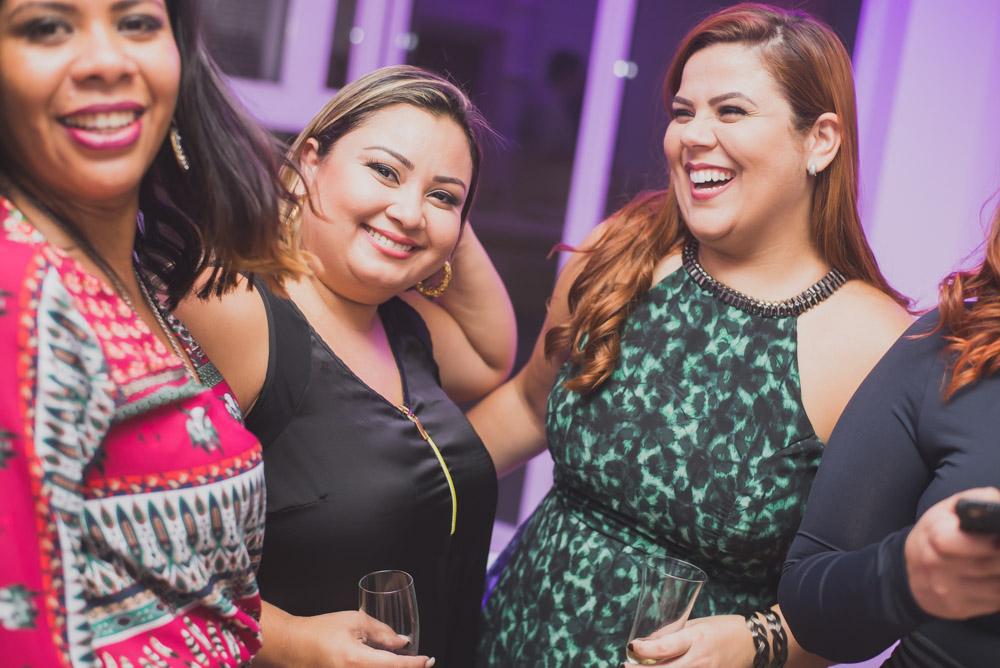
If you shoot any events, whether it’s a corporate party or family reunion or whatever, 35mm lenses are perfect in my opinion.
At events, you usually have to have something wide enough for when you’re in tight spaces. In these situations, it’s nice to have a 35mm lens because you can always zoom in with your feet but it’s not as often that you’d have room to step back if you’re using a telephoto lens. Plus with telephoto lenses, it’s more common that you’ll run into situations where something gets in the way of your subjects or composition.
For events, I like to carry two cameras, one with a 35mm lens and another with an 85mm lens, just like I do when shooting weddings. This combination gives you enough range to photograph essentially any situation with good image quality and relatively compact size.
If I had to choose between the two though, I’d go with the 35mm.
Cityscapes
It’s really nice having a wide angle zoom lens to shoot cityscapes, such as a 14-24mm or a 24-70, but I’ve found fixed 35mm lenses to be great too.
The advantage of a 35mm prime over a wide angle zoom for cityscapes is that they usually have at least slightly better image quality and sharpness. They’re usually lighter weight too, which can be helpful over a long day of walking a city.
Landscape Photography
Some of the most iconic landscape photos were shot on 35mm lenses. The 35mm focal length is nice for landscapes because it gives you a wide sweeping angle of view that can really show the viewer the large scale of a landscape. That plus even though it’s wide, you don’t have to worry too much about distortion aside from maybe some in the corners of the frame.
Wide angle zoom lenses may be more convenient for landscape photography, but they’re heavier to lug around with you and generally won’t give you the same sharpness you’ll get with a good wide angle prime lens. On the other hand, the differences between a good prime and zoom aren’t that noticeable unless you’re pixel peeping or if you blow up an image really big.
Environmental Portraits
35mm lenses aren’t the best option for close up headshots, but they’re great for environmental portraits where you incorporate the background of the location into the shot. 35mm lenses are better for this kind of portraiture because of the slightly curved field of view that you get. It can be an unflattering look for people as it can make them look heavier than they really are.
35mm lenses work really well for environmental portraits though. With environmental portraits, the photographer steps back and shoots from further away, often getting the subject’s whole body in the shot and the background is included as part of the character of the image rather than just completely blurred out. You can do this with a 35mm lens because when the subject is a smaller focus of the composition, they don’t get distorted—the things in the corners of the frame do.
Environmental portraits are a good way to break up the monotony of regular portrait shots. By taking photos of people in settings where you can feature the background as well as the subject, you can tell a bit more about the person. For example, taking images of a subject in front of the place where they grew up or showing them in a travel destination which could show that they like to travel.
Almost Anything Indoors
Because they’re fairly wide, 35mm lenses can pretty easily be used to photograph people indoors, whereas with 50mm lenses you sometimes don’t have enough space to step back to photograph groups of people in say, a house or apartment.
You can even do some real estate/architectural work with 35mm lenses. Although if you’re photographing tight spaces in small apartments/condominiums for real estate purposes, sometimes you need to go wider.
Can Work for Sports
For wide angle stuff, zoom lenses are more practical for sports but 35mm lenses can be used. I haven’t personally shot a 35mm lens for sports, but I have shot basketball games where I set my 24-70mm zoom lens to the 35mm focal length and shot that wide for large parts of a game when the action was close.
One good thing about shooting sports with a 35mm lens is that you can get a wider maximum aperture compared to a zoom that covers the same focal length. This means you can get a shallower depth of field and better light gathering capabilities for when you’re shooting in dark conditions.
That said, you’re better off using a wide angle zoom for sports because often you don’t know where you’re going to be shooting from at the venue, so it’s good to be able to zoom in and out to be able to frame the action the way you want.
So what is a 35mm lens good for? Conclusion
I don’t believe that there are any ‘must-have’ photography items that EVERY photographer has to have. But if I had to choose one lens, one focal length that I think many photographers would benefit from having, this would be it.
35mm lenses feel like an extension of my eye at this point and are very versatile.
So if you were wondering, “what is a 35mm lens good for?”, I hope this article helped to answer your question.
If you haven’t shot with a 35mm lens yet, I recommend trying it. I don’t think you’ll be disappointed shooting with this focal length.

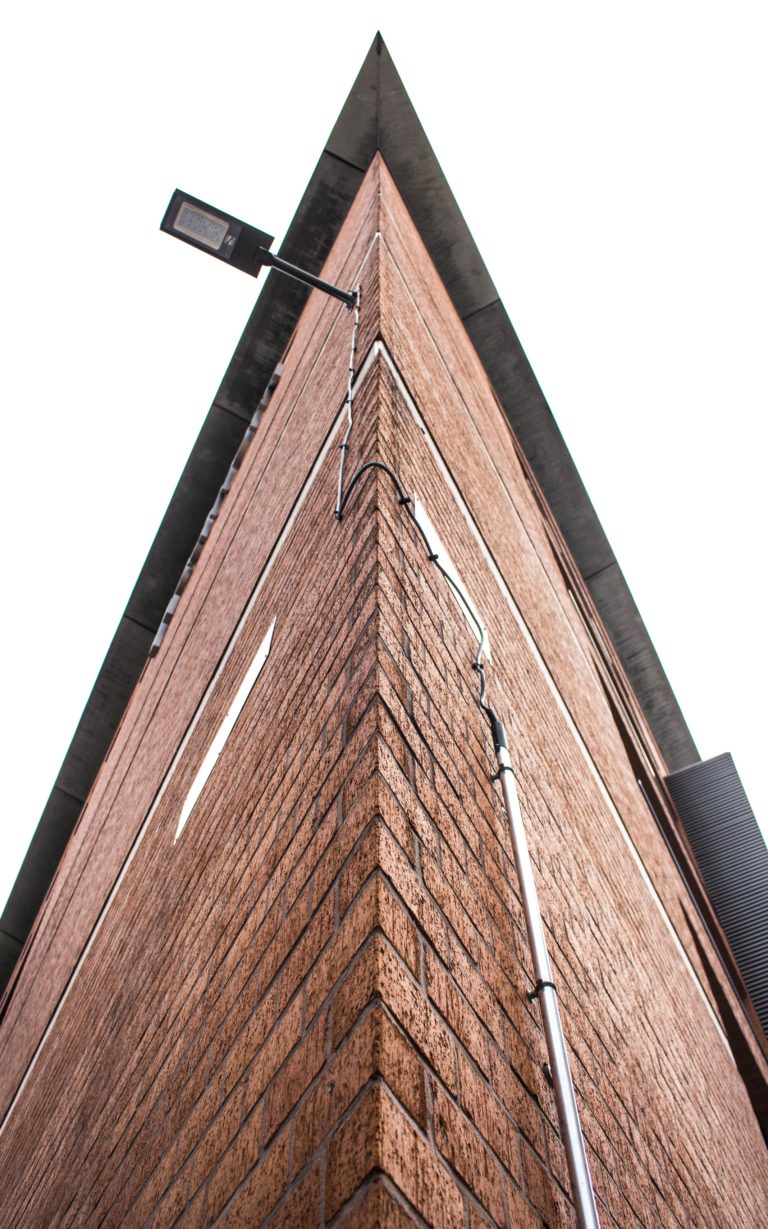




![How to Name and Organize Your Digital Photos [So you Can Keep Your Sanity]](https://composeclick.com/wp-content/uploads/2018/01/2018.01.21_HowToOrganizeNameFilesComposeClick_ARP_Selects-1-768x509.jpg)